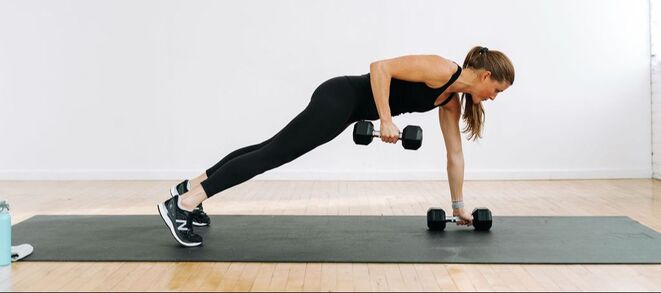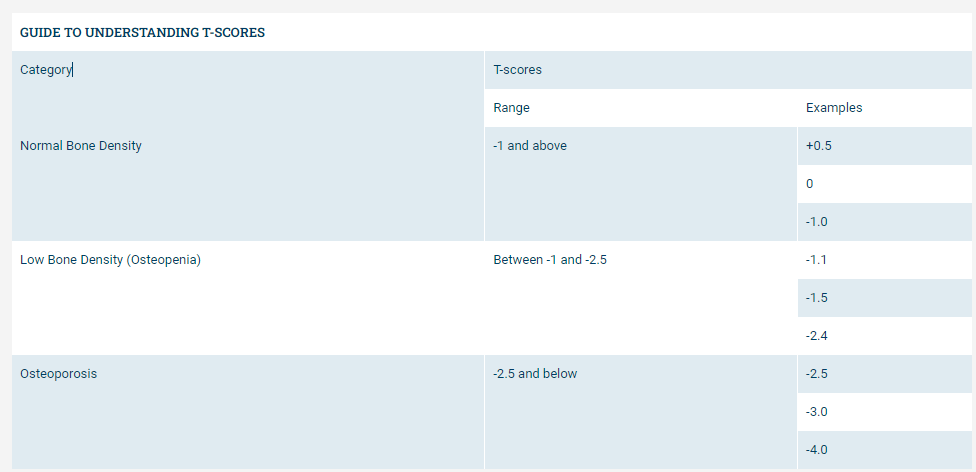|
1. Strength Training improves muscle mass, which can help us in our everyday lives Looking like the incredible hulk or the next bodybuilding queen are not the only reasons to strength train, and for probably around 98% of the population, these are not the reasons we strength train. Some might strength train to improve their athletic performance, improve flexibility and reduce incidence of injury or chronic disease. However, at the very least improving your strength can help with everyday tasks such as moving the lawn, lifting the groceries, shifting furniture, and cleaning your house. For most people these jobs are not the most enjoyable in the world, therefore having good strength and stamina to get them done quicker and with less effort is a great outcome. 2. Strength training improves bone mineral density As we age, and particularly for females who are post menopausal, our bone mineral density can decline. There is evidence to suggest that we can lose as much as 3-5% per decade after the age of 30. This can increase a person's risk of a fracture if they were to have a fall, and lead to reduced quality of life. In a study of people living with Osteoporosis who undertook a specific strength training program to improve bone density, results showed that 86% of patients increased bone mass in their lower spine, and 69% of patients increased their bone mass in their hip - which is great results for people living with this condition. 3. Strength training can help to preserve lean muscle mass during weight loss Generally when you restrict our energy intake with the goal of losing weight, not only do you lose fat mass, but also some lean muscle mass, which is not ideal. Although aerobic exercise generally forms the basis of your training if your goal is to lose weight as this form of exercise burns a greater amount of energy during your exercise session compared with strength training. Strength training does help you to maintain and preserve your muscle mass during weight loss, and can increase your excess post-exercise oxygen consumption, meaning your metabolism remains active and your body continues to burn calories after you have completed your workout. Therefore, adding resistance/strength training exercise on top of your aerobic training is beneficial when losing weight. 4. Strength training can improve your flexibility When most people consider improving their flexibility, usually yoga, or undertaking specific static stretching exercises comes to mind. Both of these activities are effective in improving the flexibility of a joint, however undertaking full range strength training has also been shown to be just as effective as flexibility training for a specific joint, and not surprisingly both are superior to doing nothing (reference). Therefore, adapting your program to include some full joint strength exercises can effectively kill 2 birds with one stone, and reduce the need for a specific flexibility program for those strength trained joints.
Lisa Parkinson
Accredited Exercise Physiologist & Credentialed Diabetes Educator
0 Comments
What is Bone Mineral Density and how does it cause Osteoporosis? Bone Mineral Density (BMD) refers to the amount of bone mineral in bone tissue. When experiencing Osteoporosis or Osteopenia BMD can decrease, placing individuals at a higher risk of fractures or breaks in bone. Osteoporosis is more common in post-menopausal women as their BMD levels continue to decline with age. BMD levels have shown to be lowest in the spine and the neck of the femur (thigh bone), and these are 2 of the sites tested when you have a bone mineral density scan. When you have a BMD scan, you will be provided with a T-score for each of the bone sites tested. This T score is compared to the T-score of a healthy 30 year old, and gives and indication of how high or low your bone density is. The table below shows the T-scores and their classifications for normal bone density, osteopenia, and osteoporosis. How can I improve my bone mineral density? There are a few different methods in which your BMD can be increased;
How can exercise make my bones stronger? Studies have shown that therapeutic based exercises that include resistance and load bearing movements are able to MAINTAIN OR IMPROVE BONE MINERAL DENSITY LEVELS in healthy individuals and those diagnosed with Osteoporosis. These exercises have been reported to STIMULATE BONE GROWTH AND PRESERVE BONE MASS. These processes occur through a mechanical stimulus on the bone and both anti-gravity loading, and stress exerted on the muscles that surround it. Quite simply, this means that movements involving repetitive and loaded (heavy) exercises cause the working muscles involved to pull on the bones they are attached to, which in turn stimulates bone growth. When this is completed on a regular basis over a long period of time it can have a significant effect on BMD levels. What type of exercise is best? There has been a large amount of research conducted into which exercise type provides the best results when trying to increase bone mineral density. The Onero program has collated and completed multiple studies to determine which exercise type reigns supreme and designed a program to specifically include these exercises. They research found that IMPACT AND RESISTANCE-BASED TRAINING THAT IS BOTH SUPERVISED AND TARGETED provides the highest improvement in BMD. The Onero program ongoing data has shown that 86% of participant’s had an increase in lumbar spine (LS) BMD, whilst 69% had an improvement in femur BMD. Results have also shown a significant improvement in participant’s posture and a decrease in falls risk, preventing potential fractures. Overall, high intensity loading and impact-based exercise undertaken in a safe and supervised setting are the most optimal types of exercise to increase BMD. These exercises are an example, however all exercises are safely prescribed for the individual at the entry level appropriate for their health, conditions, fitness and confidence. Who can help me increase my Bone Mineral Density safely? Accredited Exercise Physiologists are the most appropriate people to assist you in increasing your BMD. The great news is that Optimum Exercise Physiology, runs a Strong Bones specific class twice a week that has TAILORED AND SPECIFIC EXERCISE PROGRAMS THAT ARE SUITABLE TO YOUR CURRENT NEEDS AND GOALS. Can't make a class, that's fine too. We can develop a program for you to undertake independently at the gym or for home. Would you like more information ...?
If you would like more information about how exercise can help improve your bone mineral density and reduce the risk of developing or progressing Osteoporosis/ Osteopenia further, please get in touch on 8873 0628 or, [email protected]. By, Aleisha Michael, Accredited Exercise Physiologist. |
AuthorSLisa Parkinson Archives
July 2024
Categories
All
|




 RSS Feed
RSS Feed